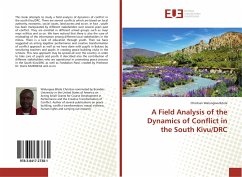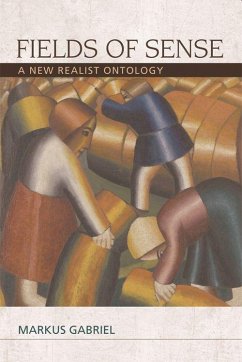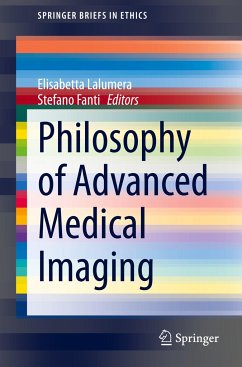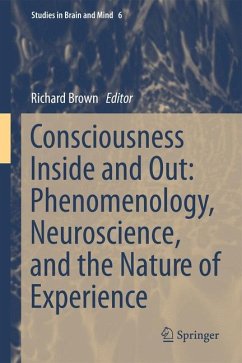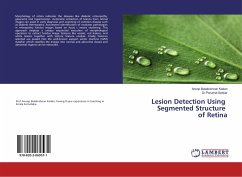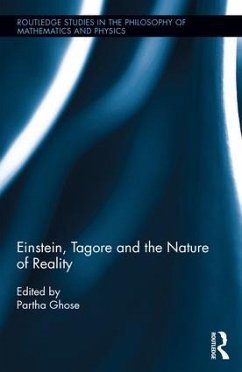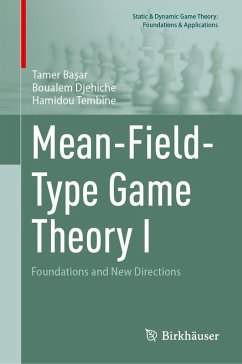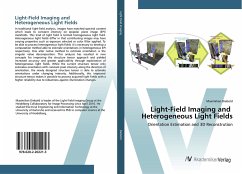
Light-Field Imaging and Heterogeneous Light Fields
Orientation Estimation and 3D Reconstrution
Versandkostenfrei!
Versandfertig in 6-10 Tagen
43,99 €
inkl. MwSt.

PAYBACK Punkte
22 °P sammeln!
In traditional light-field analysis, images have matched spectral content which leads to constant intensity on epipolar plane image (EPI) manifolds. This kind of light field is termed homogeneous light field. Heterogeneous light fields differ in that contributing images may have varying properties such as exposure selected or color filter applied. To be able to process heterogeneous light fields it is necessary to develop a computation method able to estimate orientations in heterogeneous EPI respectively. One alter native method to estimate orientation is the singular value decomposition. Thi...
In traditional light-field analysis, images have matched spectral content which leads to constant intensity on epipolar plane image (EPI) manifolds. This kind of light field is termed homogeneous light field. Heterogeneous light fields differ in that contributing images may have varying properties such as exposure selected or color filter applied. To be able to process heterogeneous light fields it is necessary to develop a computation method able to estimate orientations in heterogeneous EPI respectively. One alter native method to estimate orientation is the singular value decomposition. This analysis has resulted in new concepts for improving the structure tensor approach and yielded increased accuracy and greater applicability through exploitation of heterogeneous light fields. While the current structure tensor only estimates orientation with constant pixel intensity along the direction of orientation, the newly designed structure tensor is able to estimate orientations under changing intensity. Additionally, this improved structure tensor makes it possible to process acquired light fields with a higher reliability due to robustness against illumination changes.





